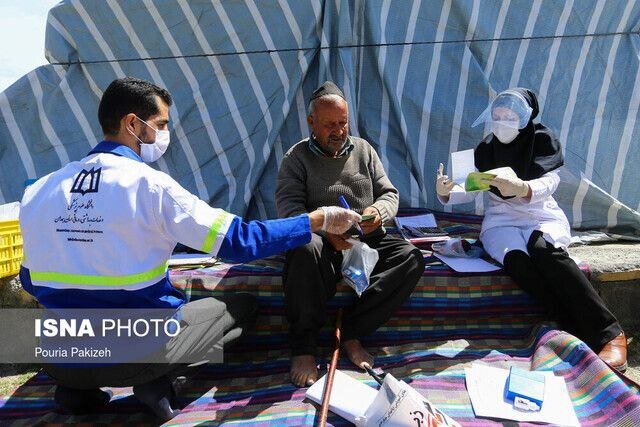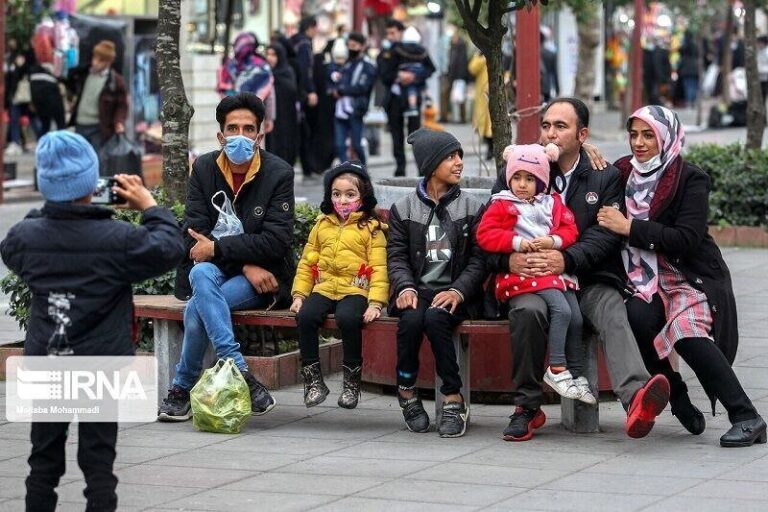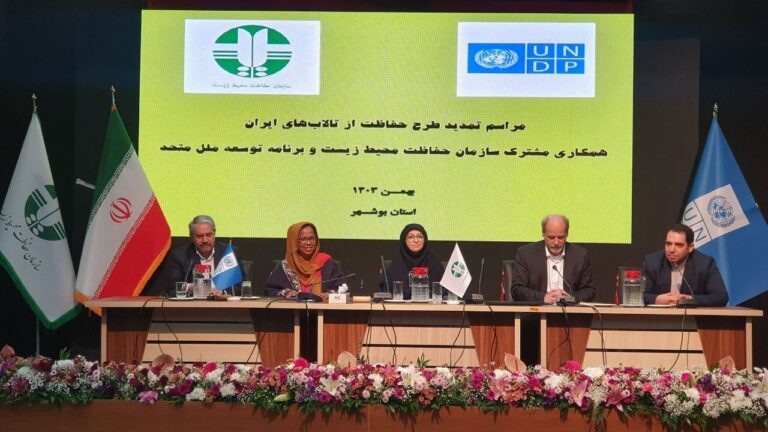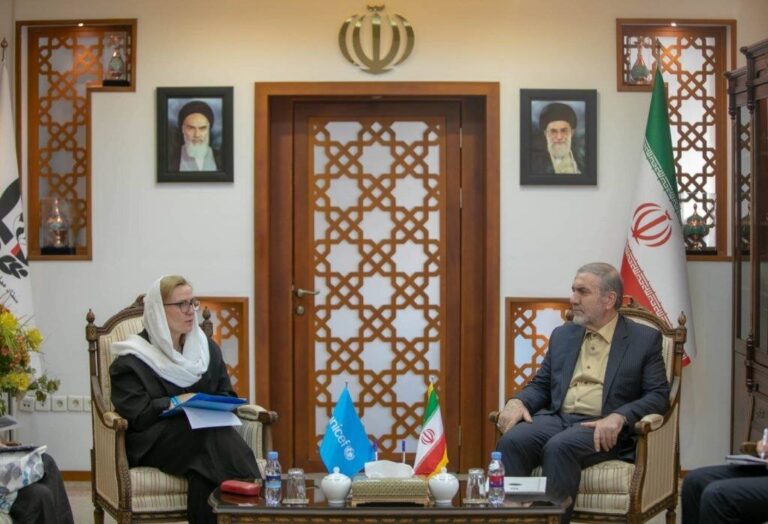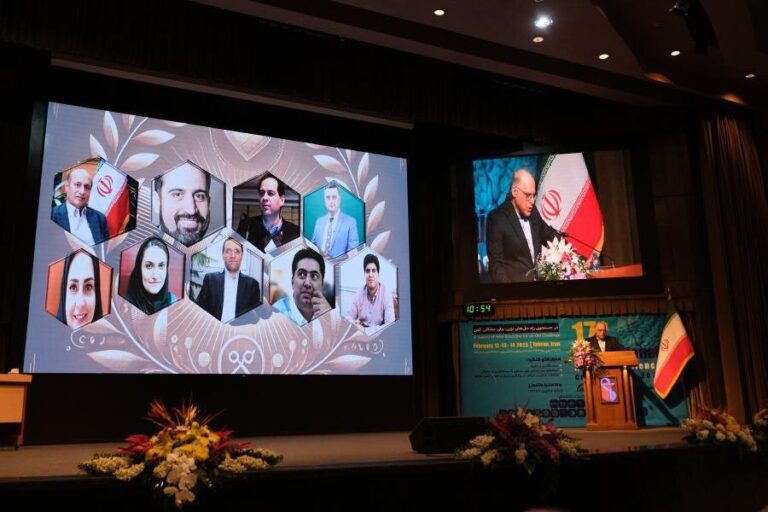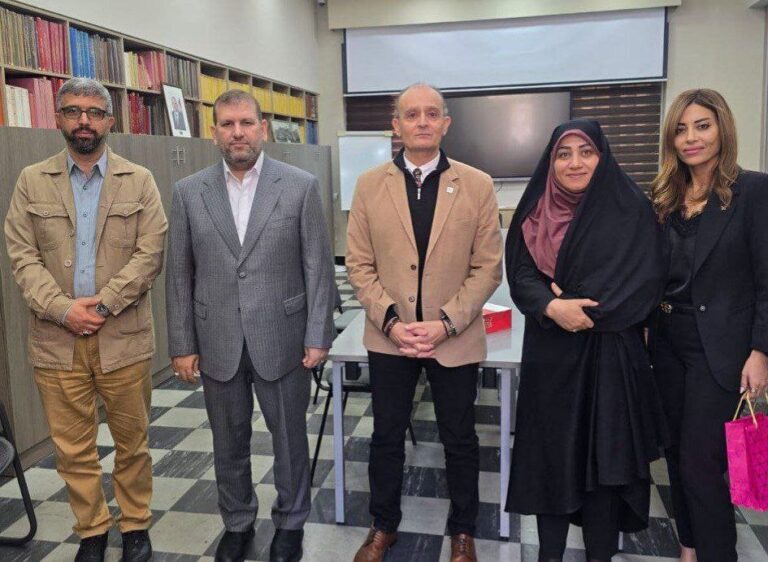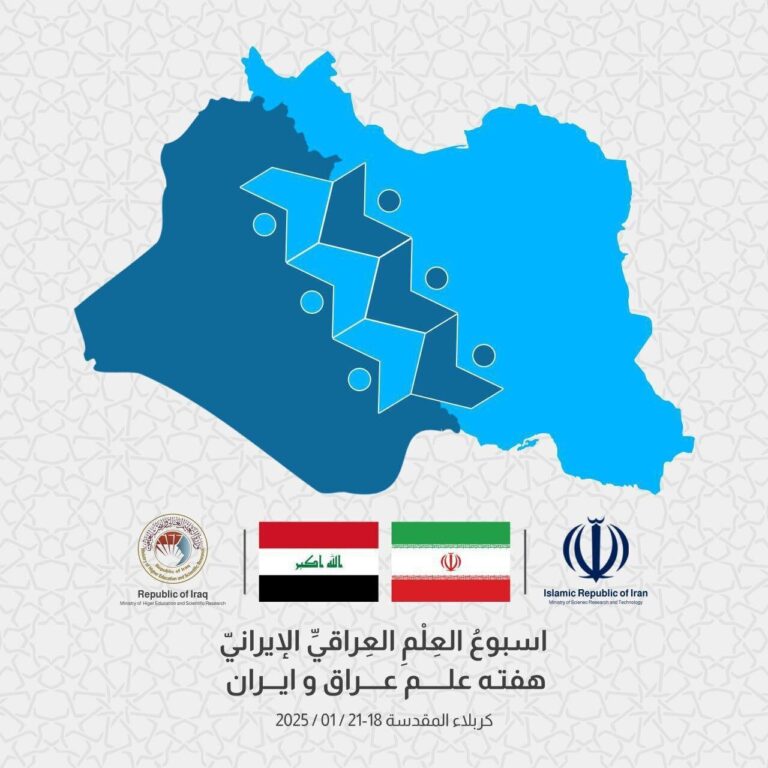Transforming Healthcare: How Health Houses Are Revolutionizing the Industry
In recent years, Iran’s health system has garnered international acclaim for its innovative approach to primary health care (PHC) services. Health houses and networks are efficiently delivering these essential services, even in the most remote areas of the country. The World Health Organization (WHO) has frequently praised Iran as a role model for other nations, highlighting the effectiveness of these health initiatives.
The establishment of health houses in Iran began shortly after the Islamic revolution in 1979, with the first ones opening in 1985. The main aim was to enhance health indices by ensuring that PHC services are accessible to everyone, especially in rural and underserved regions. This initiative has been supported by nurse aids, which has proven to be a vital factor in its success, according to reports from ISNA.
Currently, there are approximately 18,000 health houses operating across the country, manned by over 28,000 nurse aids. Each health house serves a population of about 700 to 1,500 people, and mobile medical units are dispatched to cover less populated areas effectively.
**Key Responsibilities of Health Houses and Nurse Aids:**
- Promoting health by educating communities on prevention methods.
- Addressing both communicable and non-communicable diseases.
- Providing training on handling injuries and disasters.
- Conducting screenings for targeted populations.
- Offering nutrition care, prenatal care, and vaccination services.
- Monitoring environmental and occupational health standards.
- Ensuring students’ health and well-being in schools.
All of these services are provided at no cost to the community, leading to significant improvements in health outcomes. Notably, the mortality rates among pregnant women and children under five have dramatically decreased, while life expectancy has increased.
In addition to health houses, Iran boasts over 6,000 centers that deliver comprehensive health services, ensuring that there is one center for every 13,000 individuals. Furthermore, more than 5,000 health bases are also providing vital healthcare services across the nation.
By accessing health houses, individuals can receive services from various health professionals, including nutritionists, dentists, and mental health experts. Comprehensive health centers also offer para-clinical and pharmaceutical services. Other vital services include:
- Diagnostic and therapeutic services.
- Elective and emergency surgeries.
- Clinical procedures and pharmaceutical services.
- Laboratory services and imaging techniques.
**Nationwide Implementation of the Family Physician Program**
Launched in 2005, the Family Physician Program aims to provide targeted healthcare to approximately 25 million citizens living in rural areas, initially piloted in Fars and Mazandaran provinces. This program is characterized by:
- Periodic health examinations and monitoring.
- Round-the-clock access to basic services and primary care.
- Frequent visits to healthcare providers.
Under this program, each physician serves about 3,300 villagers, while midwives are allocated to every 5,200 people in these regions. The urban phase of the Family Physician Program began in June 2012, also in Fars and Mazandaran, successfully reducing out-of-pocket expenses for healthcare.
Currently, over 20 million individuals have benefited from the Family Physician Program, making up 40% of the target population in urban areas. The Iranian government aims to fully implement this program nationwide by the next Iranian calendar year (1404, March 2025 – March 2026), requiring a budget of 850 billion rials (approximately $1.06 billion).
Upon full implementation, one physician will be available for every 3,000 people, and one healthcare provider for every 1,500 individuals. The initial phase of this nationwide rollout will focus on four universities in Fars (Fasa County), Mazandaran, Khuzestan (Dezfoul), and Tehran (Eslamshahr) provinces.
Iran’s health system has always emphasized prevention over treatment as a fundamental objective. This goal is being realized through the strengthening of the country’s healthcare networks, the implementation of the Family Physician Program, and the enhancement of health literacy and self-care practices among the population.
**Iran’s Health Sector as a Role Model**
On January 2, President Masoud Pezeshkian described Iran’s health system as a role model in the region and worldwide, particularly due to its unique primary healthcare services. He made these remarks during a national seminar held in Mashhad to honor healthcare staff, including nurse aids.
In his address, President Pezeshkian highlighted the substantial advancements in the health sector, attributing these successes to the relentless dedication of health workers. Their efforts have led to significant achievements, such as:
- Increased life expectancy.
- Reduction in infant mortality rates.
- Control of infectious diseases.
- Lessening complications related to chronic diseases.
The president also commended ongoing health initiatives such as universal health coverage and the Family Physician Program, which have made comprehensive healthcare accessible to millions of citizens. He emphasized the administration’s commitment to recognizing the hard work of health professionals and enhancing the health system to its deserving status.
In October 2024, the WHO’s director for the Eastern Mediterranean Regional Office recognized Iran’s health sector as a regional role model during a meeting with Iranian health officials. This acknowledgment highlights Iran’s commitment to expanding cooperation in the health sector.
Overall, the Iranian health system’s focus on prevention, community health education, and comprehensive care has positioned it as a leader in the region. The continuous efforts to enhance healthcare access and quality reflect a robust commitment to public health that serves as an example for other countries.
